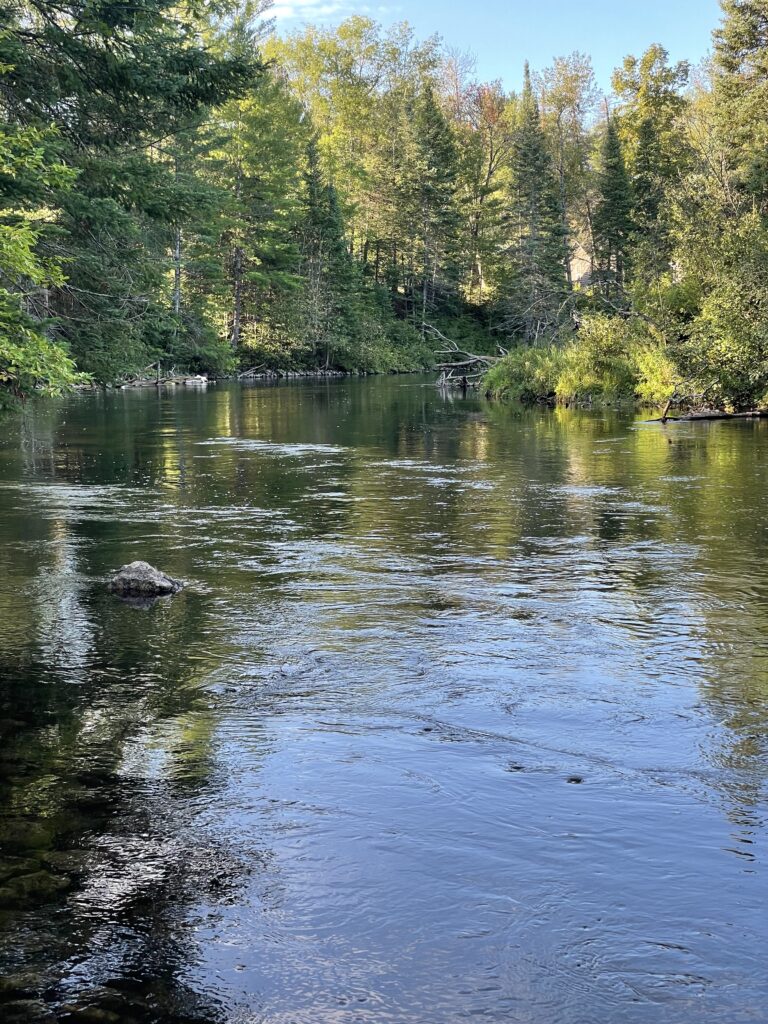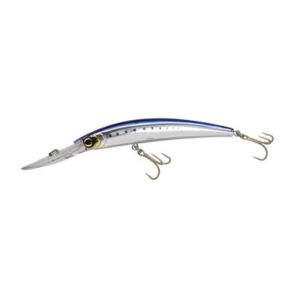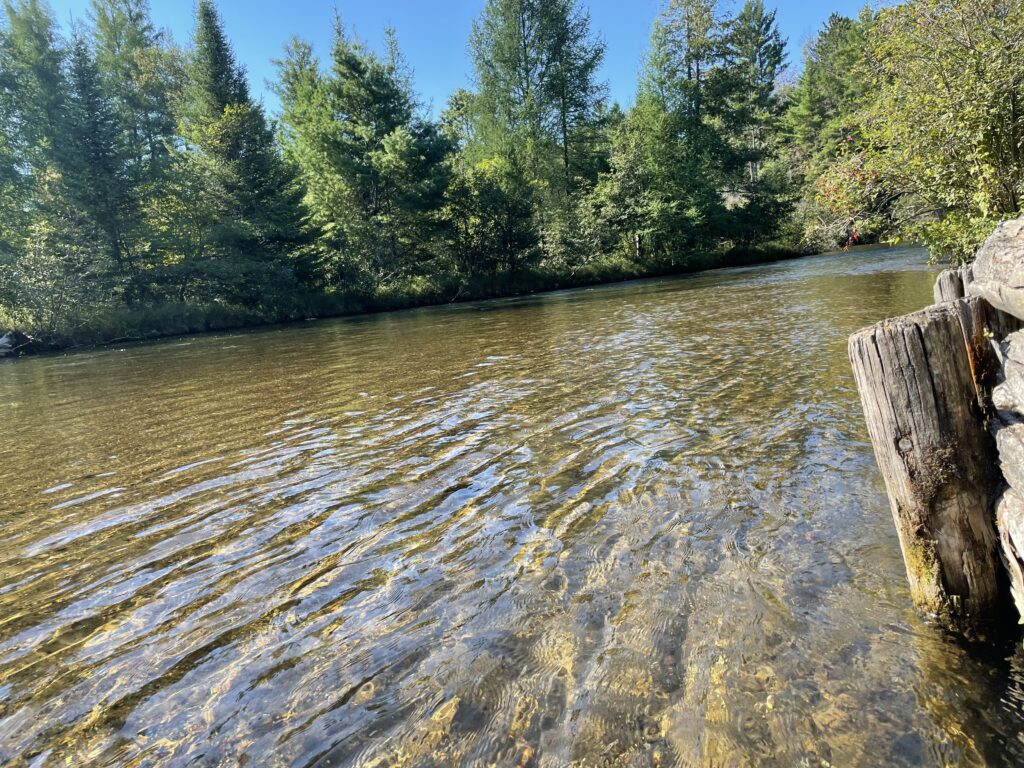How hard can it be to dissect and learn a new trout stream in a brand-new state? That’s what I was asking myself after the move to Michigan in early August. What I found might surprise you and offer some good thoughts on how you can get your feet wet and get in on the action next season.
First off, some background into my trout fishing history, growing up in central Wisconsin, started trout fishing when I was in my early to mid-twenties attracted by the secluded nature of the fishing and those who did it. Very few to any people I met were eager to share lure selection and areas of popularity on their favorite streams. So, my learning was based in trial and error along with exploring and too many miles of wading to count. Which in the past few years has resulted in more and larger fish coming into my creel and successful trips more often.

Stream Selection
When I decided I was going to be trout fishing this fall in Michigan, it was crucial to find any information on the waterways in this state. What I found was that the Michigan DNR has a plethora of information when it comes to Trout fishing. Their Trout Trails page is an interactive map that describes walk on points, size and speed of the stream, along with what types of trout reside in them. Using this information, I was able to find a portion of the Au Sable River that had moderate flow, deeper areas with cobblestone and sand bottoms thinking this would be good habitat for some brookies with possibly browns and rainbows.
Gear and Tackle
After reading that there was possibility for trout up to twenty inches, I went with a little bit beefier tackle than what I was using in Wisconsin. A 6’6 medium light rod with a Shimano Symetre reel and six-pound monofilament I thought would work fine while also having the backbone and line strength needed if I got into any bigger fish. My lure selection was tight and limited to my favorite panther martin and rooster tail spinners, along with Rapala countdowns and Yo-Zuri crankbaits.


Results
The fishing experience itself wasn’t as great as I was hoping for. Upon walking into the first section of stream I wanted to try, I was met with very fast current and very little structure like laydowns, large boulders, and eddies. When I found a few current breaks from shoreline points or the little structure, I couldn’t get any response, nor could I see any fish moving with my polarized glasses. Transitioning to another section of the river 10 minutes upstream, the same was true, high current and no structure. I did get to a deeper run that has some boulders and downed trees in it, but the current was pulling my lures so fast across the steam it was hard to give a good presentation.
Conclusion
There is always going to be a trial-and-error process when it comes to finding new areas of stream that are productive. After taking what I know now after my day on the Au Sable, finding where the stream slows down a bit and has more large boulders in the stream to act as cover for these fish would be the first thing on my mind. Until then, I’ll stick with the same tackle and mindset, but try to be more prepared when picking sections of the river that may be productive.
